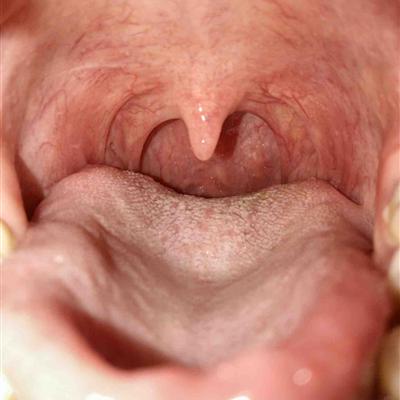How is otolith diagnosed
summary
Otolith is characterized by vertigo, time varies, with many diseases are closely related to the need for a comprehensive diagnosis. Let's see how otolith is diagnosed.
How is otolith diagnosed
First of all: when doctors examine patients, if they can induce vertigo and nystagmus through certain body position changes, they can diagnose otolith, which is called Hallpike test.

Secondly: Patients with lithiasis often have typical clinical manifestations, such as sudden attack, whirling, dare not open eyes, dare not turn head, nausea, vomiting, palpitation, sweating, severe diarrhea, suffocation, sense of dying, but clear consciousness, no physical activity obstacle, dare not turn head right or left, because turning head will aggravate vertigo, some patients have tinnitus, ear tightness, but mostly no hearing loss .
Finally: in the diagnosis of otolith, brain CT or MRI can be used to exclude vertigo caused by brain lesions, audiometry, acoustic impedance, glycerin test can be used to differential diagnosis of Meniere's syndrome, of course, through a simple physical examination can also achieve the purpose of differential diagnosis. Therefore, when there is a similar performance, it is best to go to the regular hospital for a comprehensive examination, which can well determine the condition.
matters needing attention
After suffering from otolith, conservative treatment can be used first. When the treatment has no obvious effect and affects the quality of life and work, surgery can be considered.















